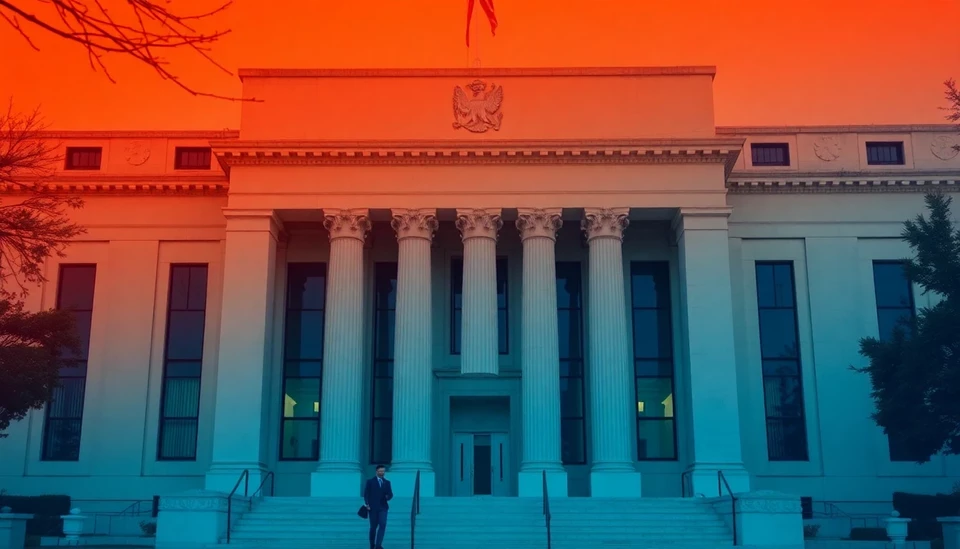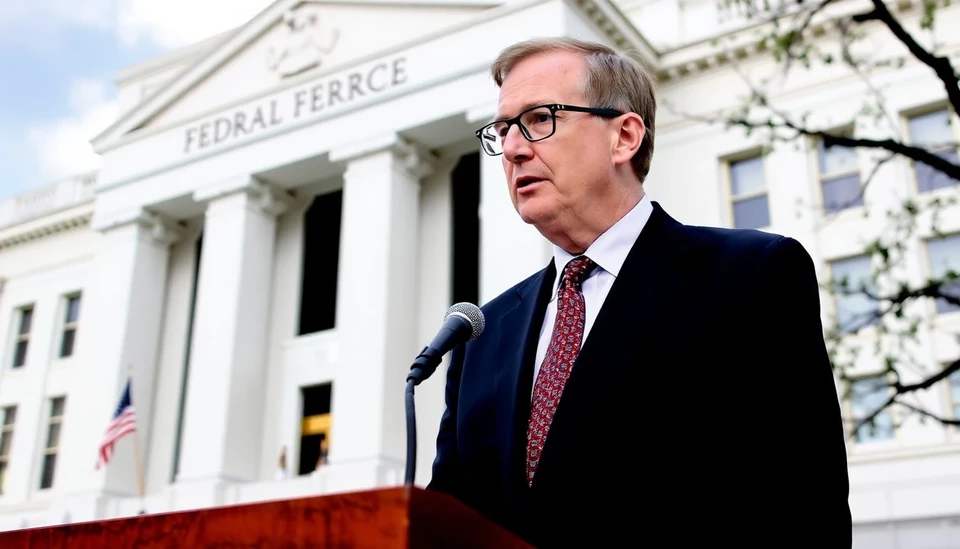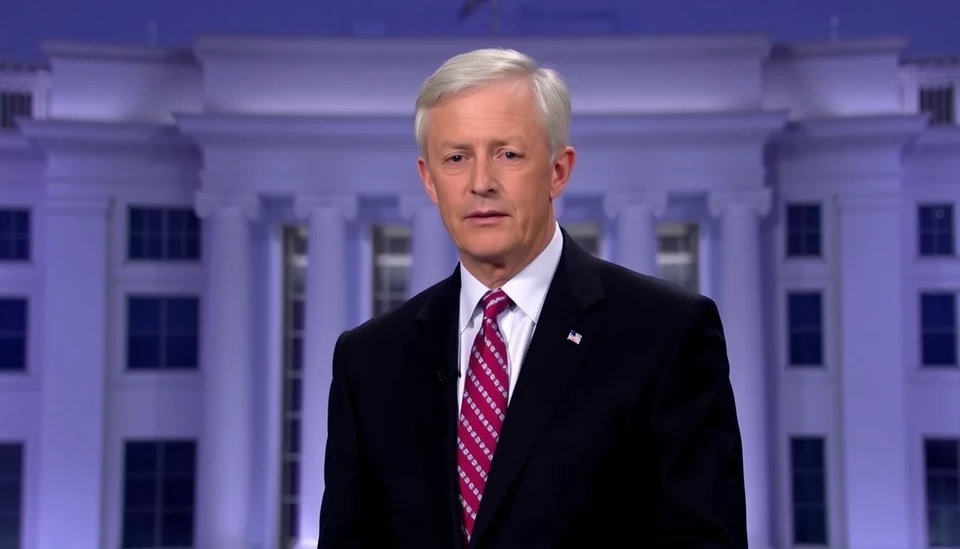
The Federal Reserve is increasingly apprehensive about a lingering price shock that could complicate economic recovery efforts. As inflation rates continue to fluctuate, analysts are suggesting that the true impact of recent tariffs and supply chain issues may not dissipate as quickly as previously hoped.
During the last Federal Open Market Committee meeting, officials discussed scenarios where current inflationary trends could potentially lead to sustained price pressures. These discussions are paramount, especially as recent geopolitical tensions and global supply chain disruptions have significantly impacted various sectors of the economy.
One of the critical issues at hand is the ripple effect of tariffs imposed on imported goods. These tariffs were initially enacted with the intention of protecting domestic industries; however, they have inadvertently contributed to increased consumer prices. Economists advise the Fed to brace itself for a scenario where these cost increases could persist, complicating their efforts to manage inflation effectively.
Additionally, the commodity markets are showing signs of volatility, driven by uncertainties surrounding international trade and production capabilities. Analysts argue that the Fed must consider that many of these price increases are not short-term but might represent a new baseline for costs across various goods and services.
Market observers are echoing the Fed's concerns as signs of inflation creep into seemingly every corner of the economy. Consumer goods, ranging from agricultural products to electronics, have experienced notable price hikes, raising alarms about future spending patterns and the overall health of the economy.
As the Fed deliberates on its monetary policy going forward, it faces the challenging task of navigating between fostering economic growth and keeping inflation in check. Interest rate adjustments, while a primary tool for controlling inflation, might not be as effective if the underlying causes of price hikes remain unaddressed. The potential for a prolonged period of elevated prices could necessitate more aggressive and perhaps unconventional measures from the central bank.
Ultimately, the Fed must remain vigilant in its assessment of economic indicators while also taking into account the multifaceted challenges that lie ahead. The road to recovery is riddled with uncertainties, and as inflation pressures persist, the implications for future economic policies remain far from clear.
In summary, the Federal Reserve stands at a crossroads, facing the very real fear of a price shock that fails to fade. Policymakers are urged to act prudently as they navigate the turbulent waters of inflation, tariffs, and their cascading effects on the economy.
#FederalReserve #Inflation #EconomicPolicy #Tariffs #PriceShock #MarketVolatility #SupplyChainIssues
Author: Laura Mitchell




